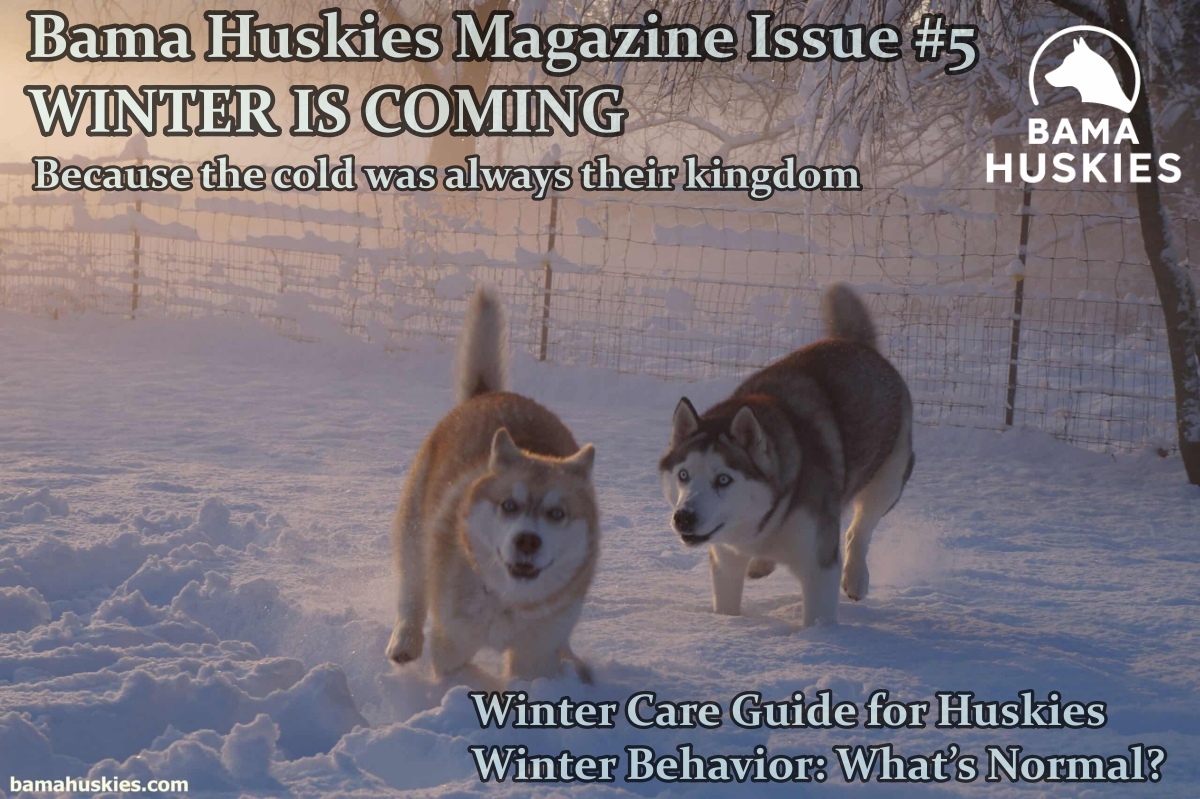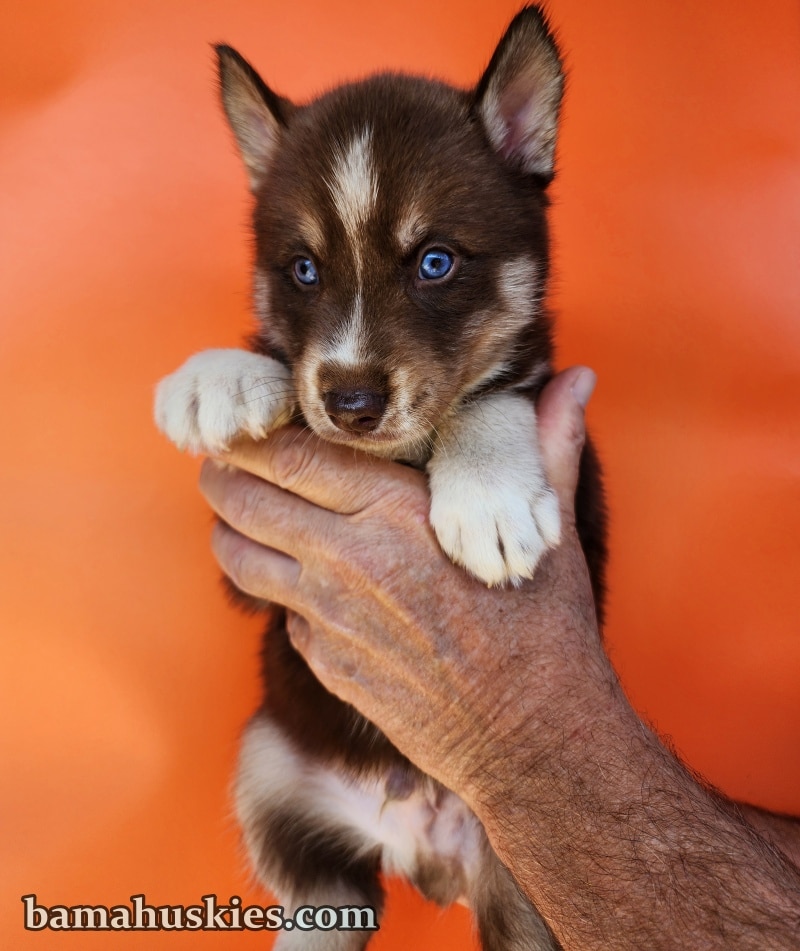 Genetic diversity is a crucial aspect of maintaining healthy and thriving dog breeds. One tool that breeders can utilize to assess the level of genetic diversity within their breeding program is the Coefficient of Inbreeding (COI). In this comprehensive guide, we will explore the significance of COI in dog breeding, its implications for the health and vitality of the breed, and how breeders can strategically incorporate COI into their breeding decisions.
Genetic diversity is a crucial aspect of maintaining healthy and thriving dog breeds. One tool that breeders can utilize to assess the level of genetic diversity within their breeding program is the Coefficient of Inbreeding (COI). In this comprehensive guide, we will explore the significance of COI in dog breeding, its implications for the health and vitality of the breed, and how breeders can strategically incorporate COI into their breeding decisions.
What is the Coefficient of Inbreeding (COI)?
The Coefficient of Inbreeding, or COI, is a measure that indicates the probability of how genetically similar the sire and dam of a dog are to each other. It quantifies the level of inbreeding within a pedigree by analyzing the common ancestors shared by the breeding pair. The COI is expressed as a percentage, reflecting the likelihood of inheriting identical genes from both the sire and dam.
Understanding the Implications of Genetic Similarity
Genetic similarity, as measured by COI, can have both positive and negative consequences for a breed. Inbreeding, which leads to higher COI percentages, can result in the fixation of desirable traits and the production of uniform litters with consistent characteristics. This is often referred to as “peas in a pod” breeding. However, it is crucial to recognize that high COI percentages can also lead to an increased risk of inherited diseases and reduced overall genetic diversity within the breed.
The Genetic Makeup of Dogs
Each dog possesses approximately 20,000 genes that contribute to its physical and behavioral traits. Some genes are considered fixed, meaning every dog within a breed will have two identical copies of these genes. Other genes, such as those responsible for coat color, temperament, and conformation, are more variable and contribute to the diversity within a breed.
Measuring COI and Genetic Diversity
COI is determined by evaluating the pedigree of a dog and identifying the frequency of common ancestors within a specific number of generations. A higher COI indicates a greater likelihood of shared genes and reduced genetic diversity. To obtain an accurate assessment of COI, it is ideal to examine pedigrees spanning at least ten generations to capture the full breadth of genetic ancestry.
The Risks of High COI Percentages
Breeding programs with high COI percentages face several risks. The fixation of traits through inbreeding can inadvertently lead to the accumulation of recessive disease genes within the population. Even breeds seemingly free of severe genetic disorders may experience less obvious health problems, including immune system deficiencies, thyroid issues, and reproductive complications. Inbreeding depression, characterized by smaller litter sizes, reduced vitality, and compromised overall health, can also manifest in highly inbred populations.
COI Examples and Their Significance
Different degrees of genetic relatedness correspond to varying COI percentages. For instance, a parent-offspring or full sibling mating yields a COI of 25%, indicating a high level of genetic similarity. On the other hand, first cousins have a COI of 6.25%, representing a lower level of genetic relatedness. Understanding these examples helps breeders gauge the potential genetic risks associated with specific mating combinations.
Utilizing COI in Breeding Decisions
While COI is not the sole determinant of a successful breeding program, it is a valuable tool that breeders can use to make informed decisions. By considering COI in conjunction with other assessments, such as temperament, working ability, and conformation, breeders can strive for a balanced approach that maintains genetic diversity while preserving desirable traits. Breeding pairs with low COI percentages offer the potential for healthier puppies with a reduced risk of inherited diseases.
Maintaining Genetic Diversity
To combat the potential negative effects of inbreeding, breeders should actively seek to maintain genetic diversity within their programs. This can be accomplished by incorporating dogs from unrelated bloodlines, carefully selecting mates with lower COI percentages, and utilizing advanced breeding strategies such as outcrossing to introduce new genetic material. By prioritizing genetic diversity, breeders can safeguard the long-term health and vitality of their chosen breed.
The Role of Breeders in Promoting Health
Breeders play a vital role in promoting the health and well-being of their chosen breed. By considering COI, conducting thorough research, and making informed breeding decisions, breeders can contribute to the preservation and improvement of their breed. Responsible breeding practices that prioritize genetic diversity and health will not only benefit individual dogs but also contribute to the overall sustainability and longevity of the breed.
Personalized Support and Guidance
Support for Puppy Owners: By obtaining a puppy from a breeder who prioritizes genetic health testing, new puppy owners can benefit from the breeder’s knowledge and guidance regarding the puppy’s health and potential health considerations throughout its life.
Conclusion
The Coefficient of Inbreeding is a valuable tool for breeders to assess the level of genetic diversity within their breeding programs. By understanding the implications of genetic similarity, breeders can make informed decisions to maintain the health and vitality of their chosen breed. Incorporating strategies that prioritize genetic diversity, such as selecting mates with lower COI percentages and utilizing advanced breeding techniques, will contribute to the long-term success of the breed. Through responsible breeding practices, breeders can shape the future of their breed and ensure its continued well-being for generations to come.
Genetic health testing is an indispensable tool in responsible dog breeding. It not only contributes to the health and well-being of future generations of dogs but also reflects a breeder’s commitment to ethical and transparent breeding practices. When seeking a puppy, it’s essential to choose a breeder who places a strong emphasis on genetic health testing in their breeding program. By doing so, you are not only acquiring a puppy with a reduced risk of hereditary health issues but also supporting responsible and ethical breeding practices for the betterment of the breed as a whole.
Here at Bama Huskies we strive to keep up with the science of dog breeding. Our dogs are genetic health tested and we can match up any of our breeding pairs and run a pair prediction to determine their offsprings health and COI percentages. This is just one more tool we use in helping us pair up our dogs for breeding. This gives us a better chance for healthier puppies.








